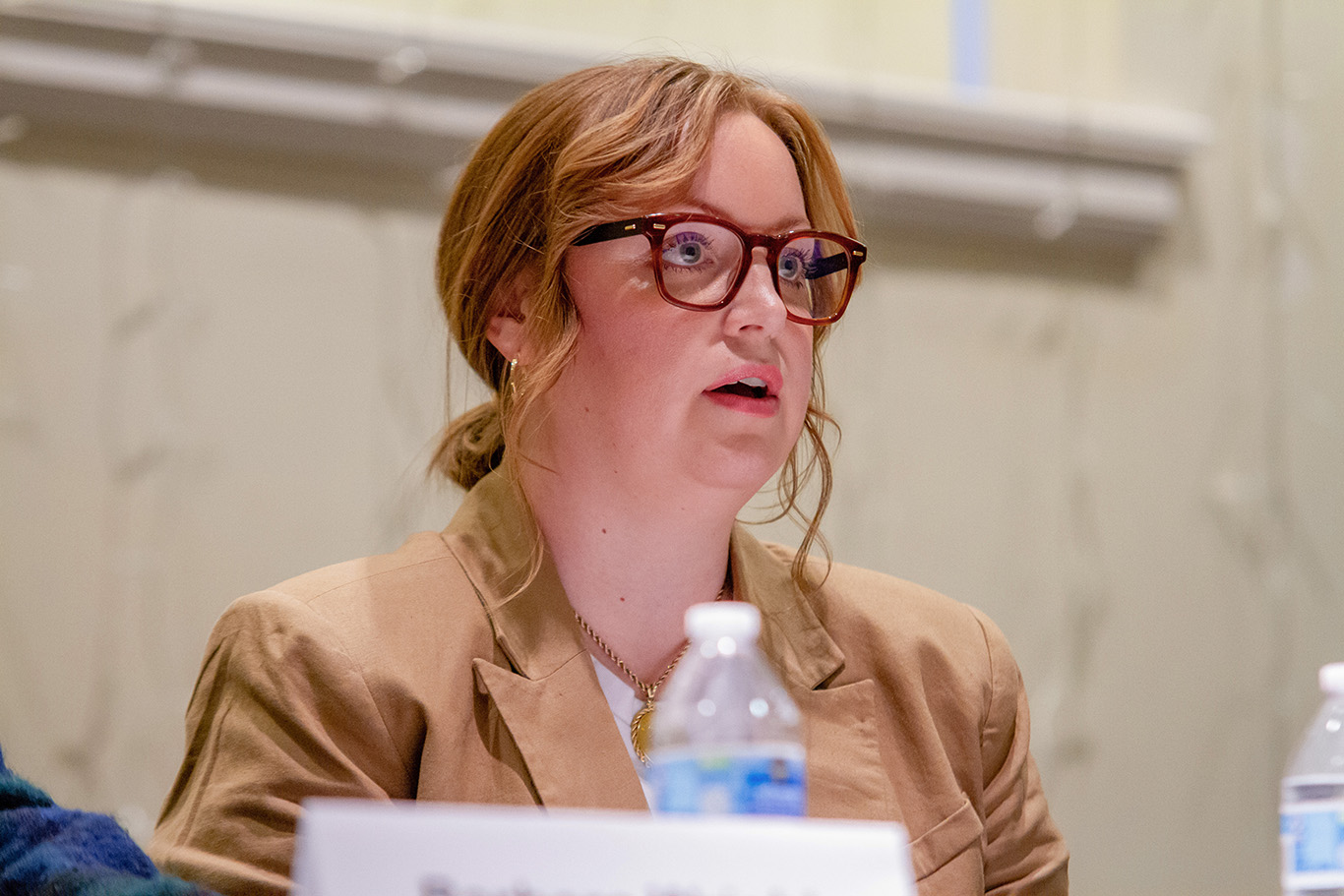What exactly is manga, anyway?
Published 5:00 pm Wednesday, July 31, 2024

- 1192117912
Navigating life with a teen or tween sometimes means reading right to left.
By definition, manga are comics or graphic novels originating from Japan. Unlike traditional American comics, manga are typically published in a book format and designed to be read from right to left, instead of the left to right reading style common in Western literature.
In the United States, manhwa — Korean comics — and manhua — Chinese comics — may be grouped with manga as well, although manhwa are typically read from left to right and both manhua and manhwa are more likely to be illustrated in full color instead of black and white. All three types of East Asian graphic novels are typically published as part of a series where each book is called a volume. Manga series can last for dozens of volumes. As of this year, the longest-running manga has more than 200 volumes: “Golgo 13” was first published in 1968.
These sprawling stories and complex world building have taken off with readers across the world, and they often resonate with teens. Many manga are geared for this age group and the themes, often with plots involving emotions and self-discovery. The type of writing — with pictures and limited text — can also appeal to visual or artistic learners as well as those who appreciate artistic design. Manga and anime can both feature detailed images and designs. Characters can be directly visualized on the page.
Heather Culley, director of Weston Public Library, is a big fan of manga. “I think the entry point is definitely the art and accessibility, but what keeps people interested regardless of age is the combination of the expected and the unexpected,” she says. “The storylines follow certain formulae, but the details are completely new and different. One of my favorites is a slice-of-life romance from the ’80s where a widow falls in love with a younger college student. The details were the unspoken Japanese social rules that I was completely unaware of, but the contemporary Japanese reader would have recognized immediately.”
Learning those cultural nuances can also be part of the experience and Culley said the best way to learn is to practice.
“You read a lot of manga and you start noticing what seems weird to you. Your first reaction to weirdness is often to pass it over to get to the story. But when you’ve read enough you feel comfortable enough with the formula of the story that you can pick out these strange places. Then you can think about them and examine them, and just like looking at classic art, lit and cinema, you start to identify and absorb nuance,” Culley says.
In addition to the opportunity to explore Japanese culture, manga may also include fantasy realms, imaginative storytelling and an opening into fan communities. Some manga will include deeper meanings, lessons and levels that can be immersive and enjoyable for teens.
Just like any other form of entertainment, not all manga is for all readers and parents may need to review a series for age appropriateness before allowing a child to read it. Manga may be designed for children, teens or for adults only.
The New York Public Library has a manga guide available online that categorizes the primary demographics of manga, which is a good place to start when determining what series might be the most appropriate for a specific age.
You can find the guide at bit.ly/NYPLmanga.
Contests, comics, prizes and more are on tap for the fourth annual Library Comic Con at the Pendleton Public Library (502 SW Dorion Ave.) on Saturday, Aug. 3, 1-4:30 p.m. The annual event caps the library’s summer reading program with hours of activities. Manga and anime characters tend to be very popular at Comic Con and costumes from these genres are welcome.
This year’s family friendly event includes vendors, trivia contests, an escape room, a video game tournament, a sword-fighting demonstration and more.
Registration for the costume contest is available online, but those wishing to enter may also sign up during the Comic Con. Registration closes at 3:30 p.m., 30 minutes before competition begins. The live costume contest begins at 4 p.m. and there will be prizes for best adult costume, best youth costume and people’s choice.
Admission and all library activities are free. For the full schedule, vendor application and costume contest registration visit pendletonor.gov/library/page/library-comic-con/.





